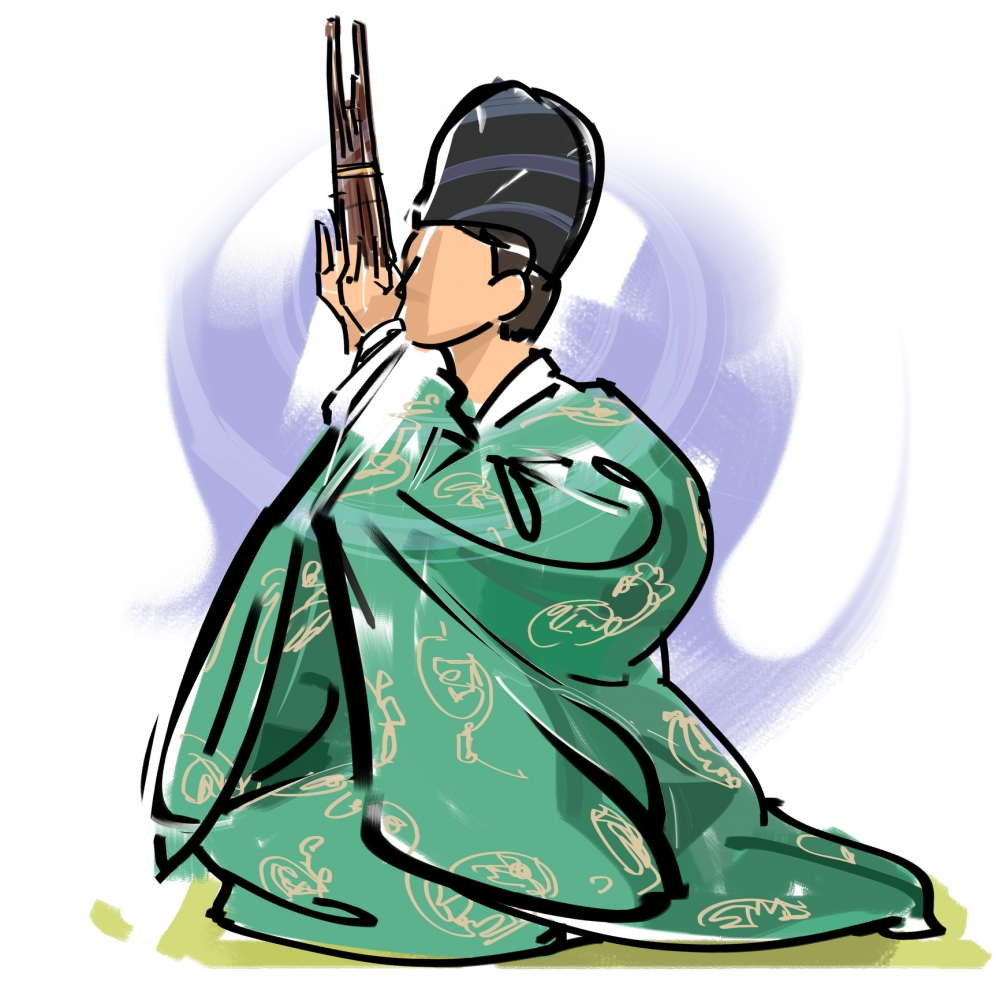
‘Elegant Music’
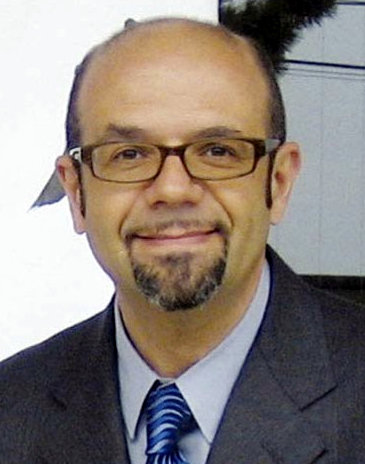
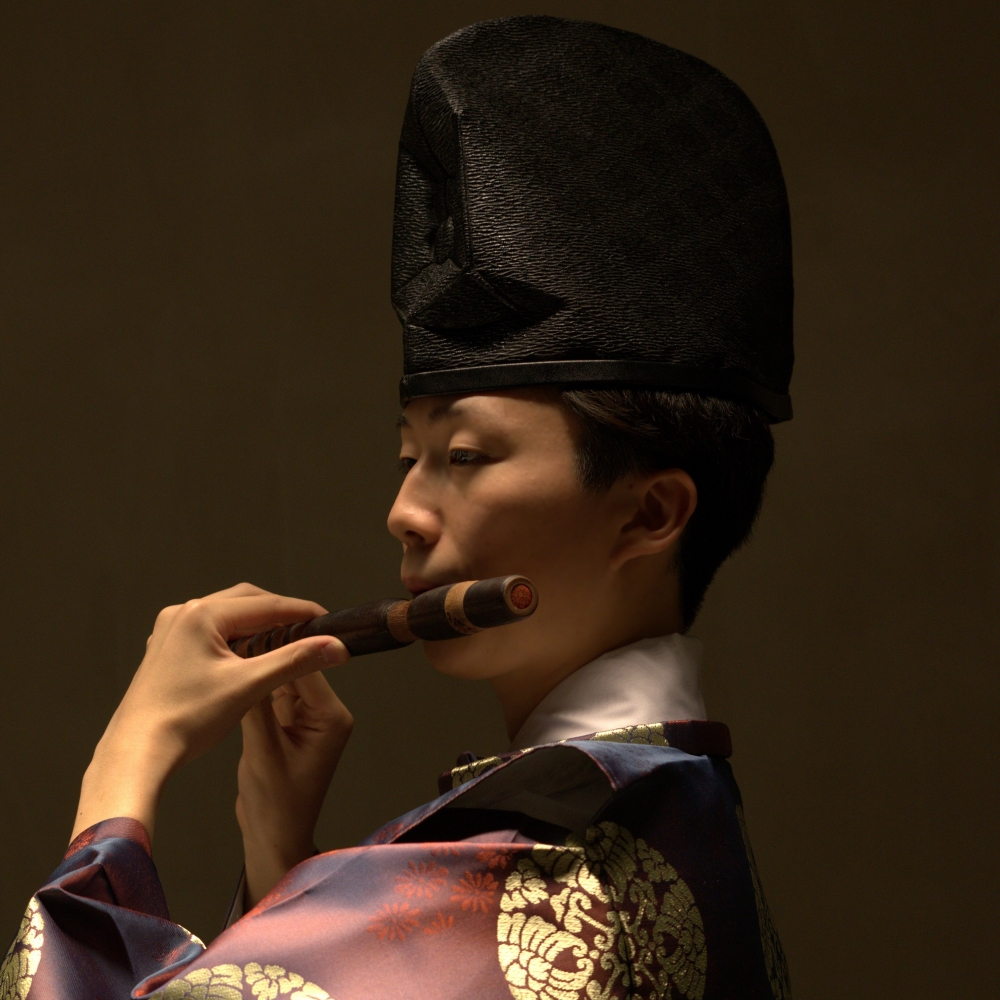
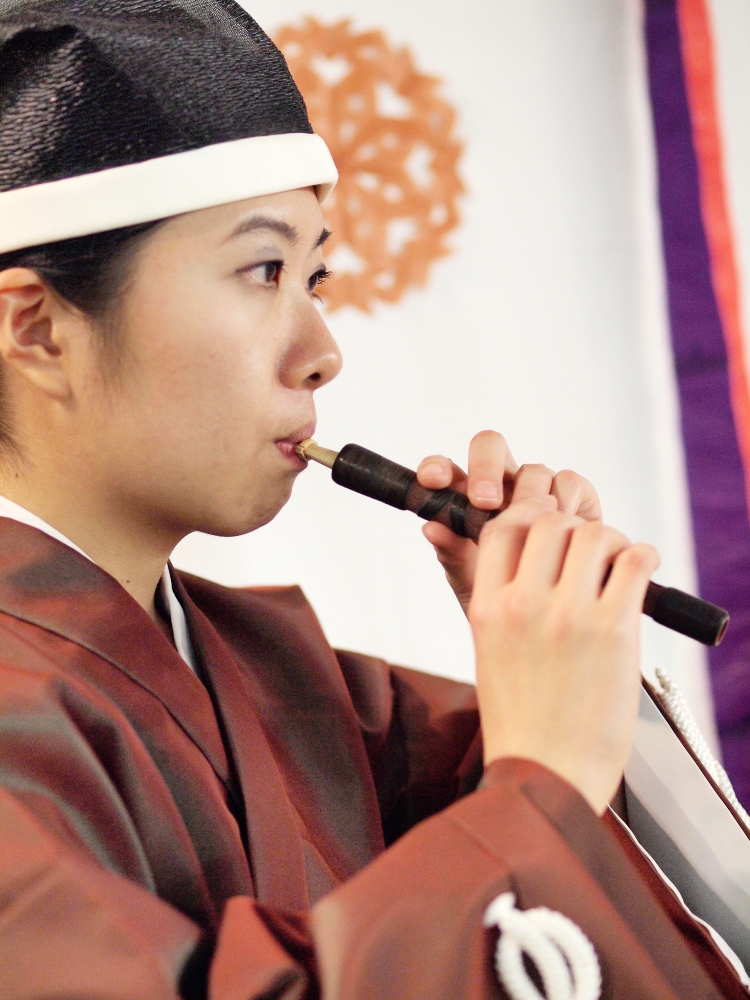
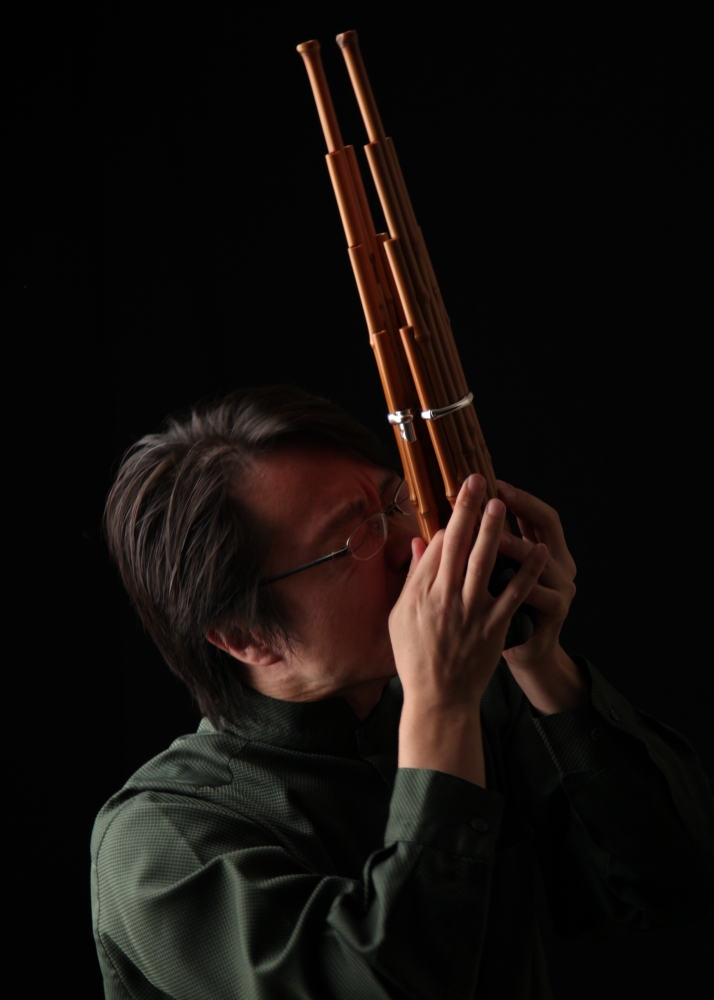
It has been presented at the Imperial Court of Japan since the 7th century, encompassing music and dance that originated in China and the Korean peninsula. Incorporating elements from India, Persia and Southeast Asia, some pieces date back to the 3rd and 4th centuries.
It is Gagaku — or, “elegant music” — the oldest genre of orchestral music continuously performed in the world today, and it makes its UC Santa Barbara debut Monday, March 4. The concert, “Gagaku: Tradition and Innovation in the Japanese Imperial Court,” begins at 7 p.m. in the campus’s MultiCultural Center Theater. The event is free and open to the public.
“In many ways, this music is a relic from the ancient past,” said Fabio Rambelli, a professor of East Asian languages and of religious studies at UC Santa Barbara. Rambelli, who organized the event, holds the International Shinto Foundation Chair in Shinto Studies. “The musicians of the Imperial Palace of Japan are recognized by the Japanese government as ‘living national treasures’ because of the unique patrimony of knowledge and sensibility they have been transferring to the next generations,” he said.
The three musicians performing at UC Santa Barbara — Tatsuya Iwasaki (fue), Yoshie Kunimoto (hichiriki) and Naoyuki Manabe (shō) — all have studied under Gagaku masters at the Imperial Court and are carrying forward the ancient tradition.
The official origin of Gagaku can be traced to the establishment of the Bureau of Song and Dance as part of the state administration in the year 701. A special department in charge of Gagaku still exists today at the Imperial Court of Japan, and the music form has been recognized by UNESCO as an Intangible Cultural Heritage of Humanity.
“This is an ancient and elusive form of music,” Rambelli said. “Probably the most striking aspect to the first-time listener is the sense of difference and dissonance — something we normally associate not with ancient music but with contemporary experimental music. Once the first impression is overcome, the audience will begin to notice the sophisticated interlocking of melodies and harmonies, the rich palette of sounds and the variety of rhythms.”
Also striking, he added, are the ritualized and controlled gestures of the musicians and their use of space and silence.
The concert will offer a unique opportunity to explore an elusive and fascinating musical world that, while closely related to the center of Japanese culture and aesthetics (the Imperial Court), also represents an early example of music globalization in the ancient and medieval world. Rambelli stressed, however, that the performance is not only about the Gagaku tradition. “The second part of the concert is dedicated to contemporary compositions by Japanese and international composers, which will provide a glimpse into the rich and innovative possibilities of this music toward the future,” he said.
The UC Santa Barbara performance is the result of Rambelli’s long-standing interest in the music genre. A student of Gagaku himself — his instrument is the shō, an ancient mouth organ still produced in the same way and with the same materials as it was in the 13th century — Rambelli studied under the direction of Maestro Hideaki Bunno, former director of the Gagaku orchestra at the Imperial Palace. He also studied with Maestro Naoyuki Manabe, the lead musician in the concert at UC Santa Barbara.
Manabe, Iwasaki and Kunimoto recently completed an extensive tour that included performances in Nicaragua, Paraguay, Bolivia, Peru and Ecuador, where their program included new compositions by Manabe for Gagaku instruments and western classical orchestra. “This tour is supported by the Japan Foundation Tokyo, which promotes the understanding of Japanese culture with initiatives across the world,” Rambelli said.



